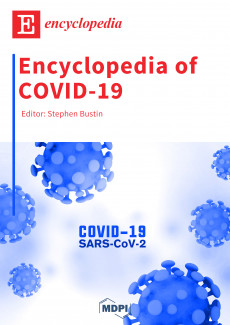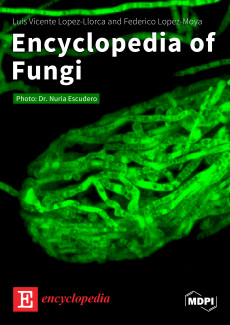Topic Review
- 379
- 09 Jun 2023
Topic Review
- 261
- 09 Jun 2023
Topic Review
- 432
- 09 Jun 2023
Topic Review
- 335
- 09 Jun 2023
Topic Review
- 389
- 09 Jun 2023
Topic Review
- 450
- 09 Jun 2023
Topic Review
- 402
- 09 Jun 2023
Topic Review
- 227
- 09 Jun 2023
Topic Review
- 465
- 09 Jun 2023
Topic Review
- 302
- 09 Jun 2023
Featured Entry Collections
Featured Books
- Encyclopedia of Social Sciences
- Chief Editor:
- Encyclopedia of COVID-19
- Chief Editor:
- Encyclopedia of Fungi
- Chief Editor:
 Encyclopedia
Encyclopedia



